Our Process
Converting your idea to a market-ready
product, scalable to millions

Once your vision is sharp and your team is set, that's when our collaboration truly ignites. Here's to partnering for smart work and top-tier results.
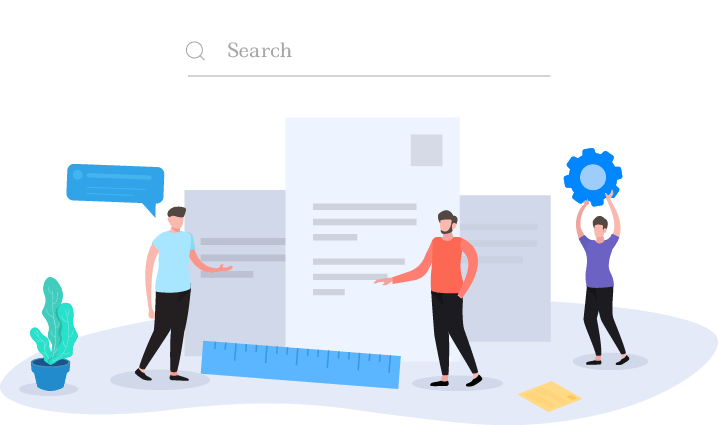
Requirements Gathering
We start by working closely with the stakeholders and the technical team to understand the business & product goals. Their objectives of the product are clearly outlined and placed at the center of the process.

Requirements Gathering
We start by working closely with the stakeholders and the technical team to understand the business & product goals. Their objectives of the product are clearly outlined and placed at the center of the process.
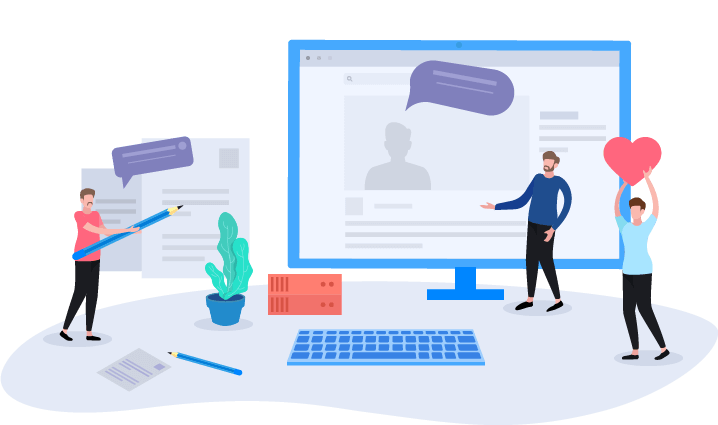
User Research
We start with comparative & market analysis of similar products followed by an extensive online research of current end-user behaviour. Then, if required, we conduct formal qualitative research with end users to understand their needs, goals & requirements. Based on the research, we create realistic user personas.
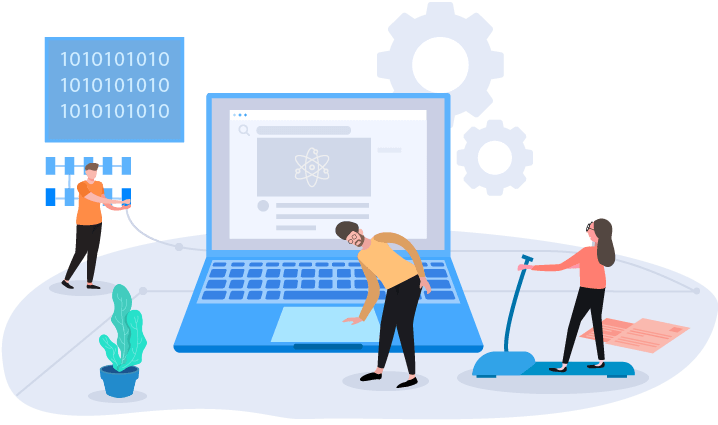
Technology Research
Discussions are held with the technical team regarding the technology involved, its power, capabilities, scalability and limitations. Every technology has its advantages, and understanding this distinction brings in the power of the technology inside the designs and makes the product scalable to millions.
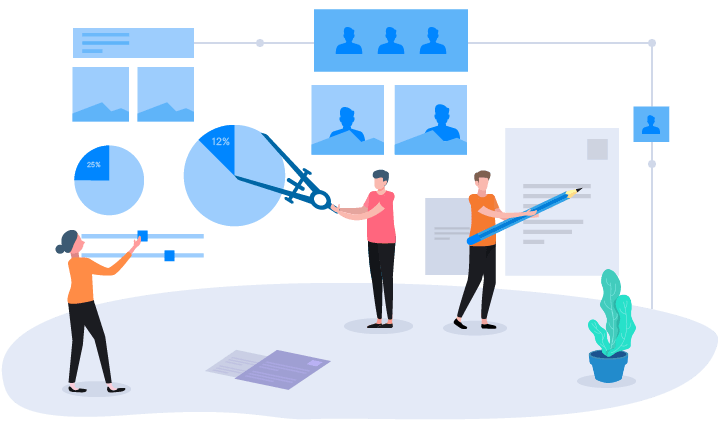
Information Architecture
At this stage, we map the end users mental model with the product flows. We alongwith list all the product features, functionalities, navigation system, search and browsing mechanisms along with their respective hierarchies in the product.
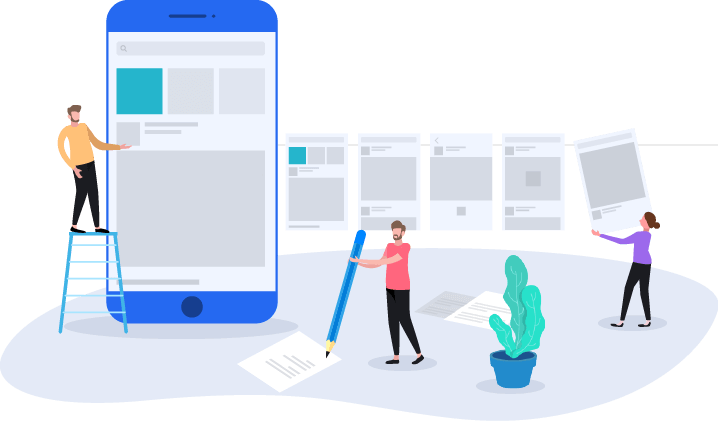
Core User Experience Design
Designing the core of the product that is going to be used 80% of the time but occupies only 20% of the product is imperative for a seamless experience. We design as many possible concepts and iterations to get this part spot on.
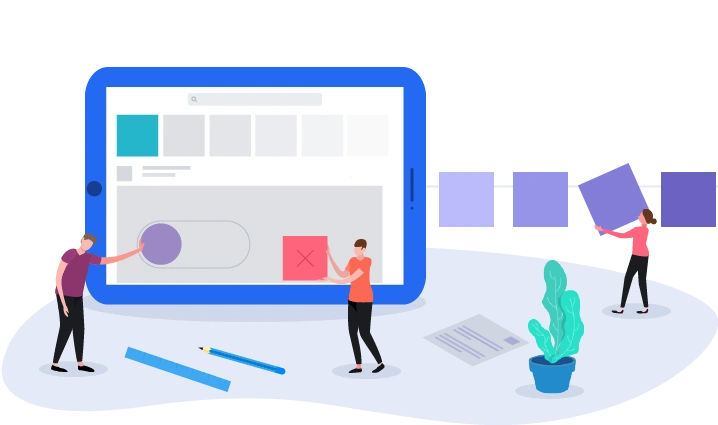
Interaction Design
Adhering to interaction design principles and patterns, we design all the product wireframes to complete the ecosystem that supports the core user experience. This is followed by low-fidelity and high-fidelity experiential prototypes.
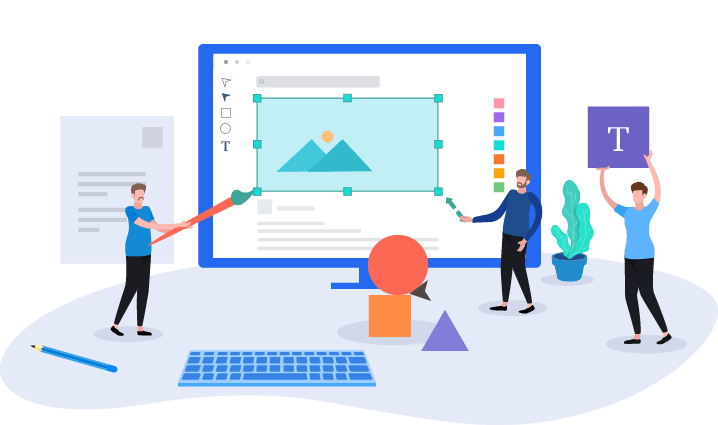
Visual Design
We embark on defining the look and feel of your product at this stage. From mood boards to principles of branding, color theory, visual persuasion, visual hierarchy and visual flow, we make the product usable and look appealing at the same time.
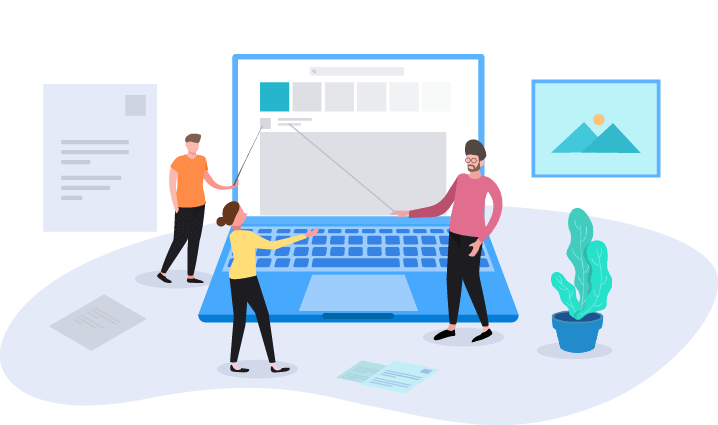
Qualitative Usability Testing
We formally evaluate the designs with end users by discussing their expectations, needs, goals & current experiences related to the product. Ethnographic methods, exploratory tests and participatory tests can also be conducted in this phase.
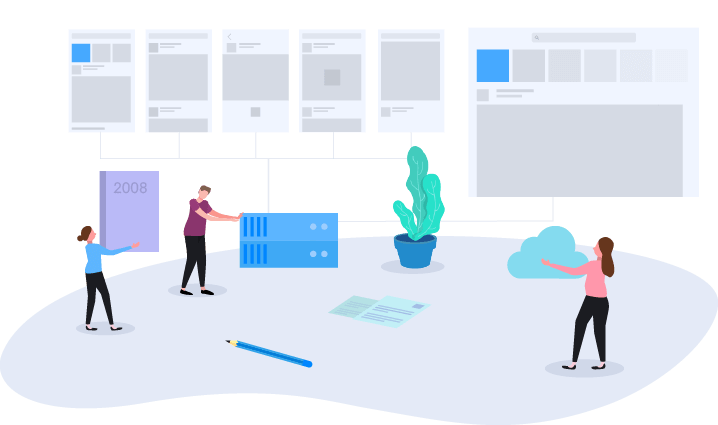
UX Documentation
Certain intricate design details like scrolls & animations cannot be explained via screen images. Therefore in UX documentation, we include such details that are not easily available along with assets and style guides. Any key design decision and justifications made are also included for future reference.
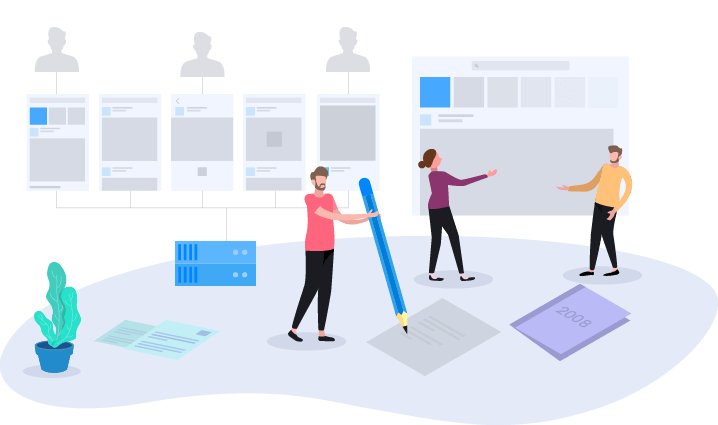
Use Case Documentation
Before proceeding to software development we document all the actors, roles and use cases of the product. This serves as a benchmark while deciding for a pass/fail during a manual quality assurance testing later in the process.
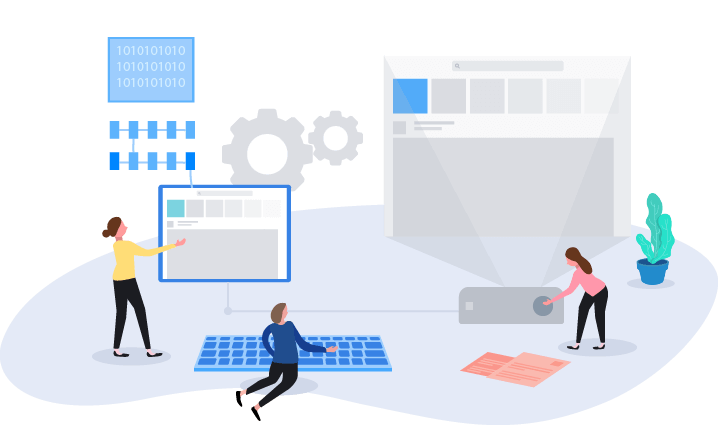
Software Architecture
Decisions on the technology stack, server architecture and libraries are made based on use cases and desired future scalability. This technological planning results in faster performance, more future product features and ability to scale to a larger pool of users.
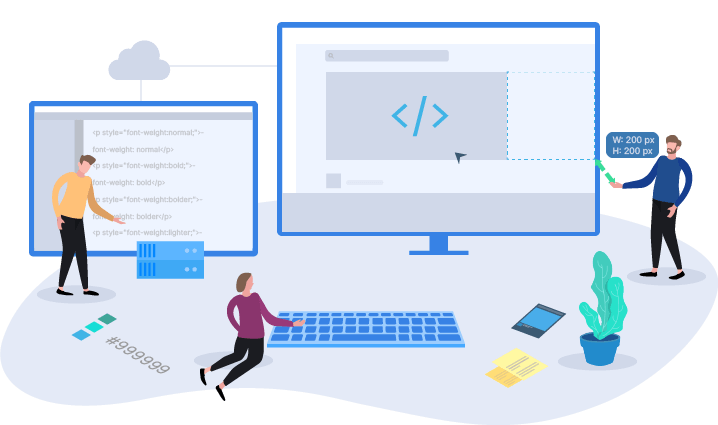
Front-end Development
We set the goal of ensuring complete responsiveness, fast loading times and pixel perfect front-end while developing applications. Continuous coordination between design and development teams are crucial in this process.
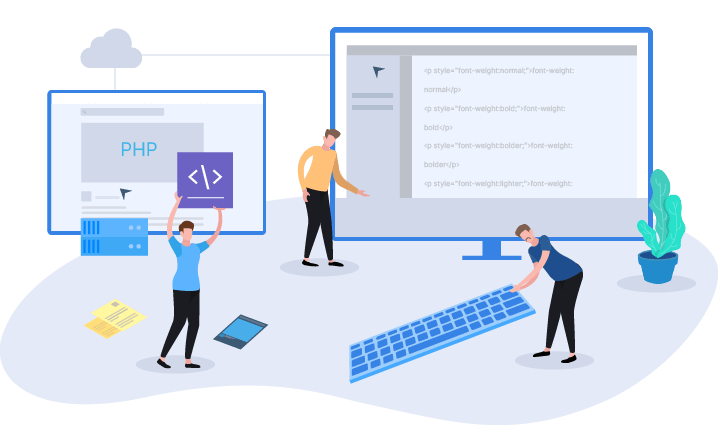
Back-end Development
Robust software architecture and MVC framework architecture are developed, followed by the development of features, functionalities and caching mechanisms. Seamless integration with front-end is also a priority in this stage.
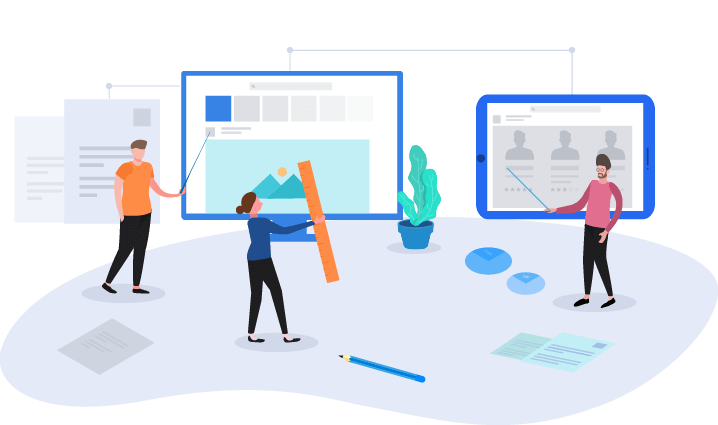
Quantitative Usability Testing
Task based usability tests are conducted with end-users that capture the difficulty of tasks, number of attempts, time taken to perform a task and various other parameters. Surveys and other quantitative methods are used to gather data from a larger user base.
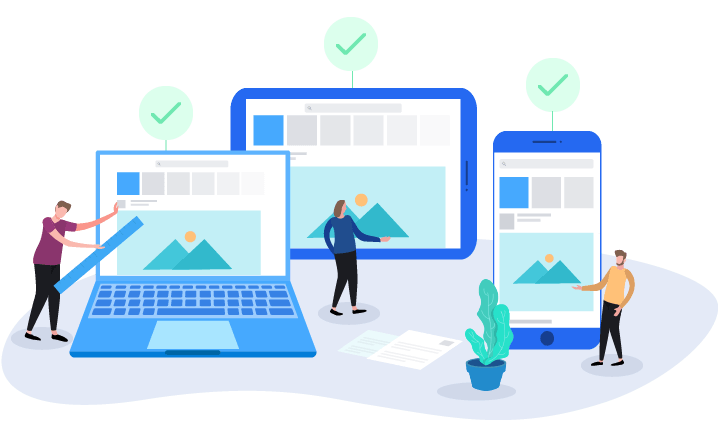
Quality Assurance
We test each feature and flow against the earlier defined use cases. We update our designs and development until we "pass" each feature for all the use cases documented. Unit testing, manual testing, cross browser testing and automated testing are the methods we employ at this stage.


